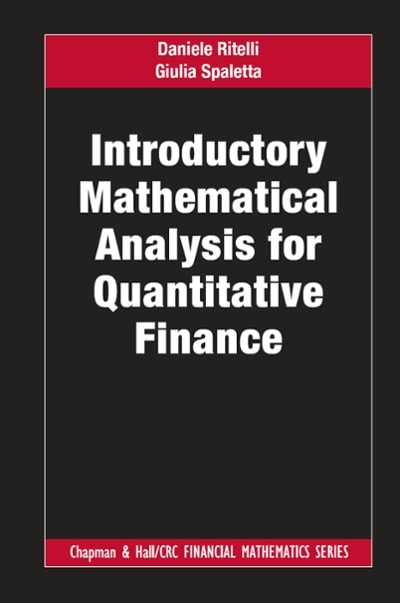Answered step by step
Verified Expert Solution
Question
1 Approved Answer
8. In a certain laboratory we find the following chemicals: C only 300 H only 500 Both 200 Total 1000 P(C) = 300/1000=.3 P(H)= 500/1000=.5
8. In a certain laboratory we find the following chemicals:
C only 300
H only 500
Both 200
Total 1000
P(C) = 300/1000=.3
P(H)= 500/1000=.5
P(B)= 200/1000=.2
Now findP(C or H)=P(.3)+P(.5)-P(.2)=.6
P(C only or H only) =0 Because Not Mutually Exclusive
Am i correct in answering the last two in bold?
Im going by my teachers notes that state that P(A or B)=P(A)+P(B)-P(A and B)
And then then last one are they mutually Exclusive
Step by Step Solution
There are 3 Steps involved in it
Step: 1

Get Instant Access to Expert-Tailored Solutions
See step-by-step solutions with expert insights and AI powered tools for academic success
Step: 2

Step: 3

Ace Your Homework with AI
Get the answers you need in no time with our AI-driven, step-by-step assistance
Get Started


